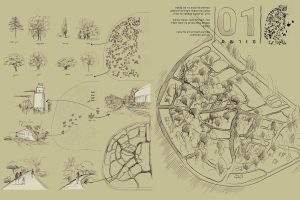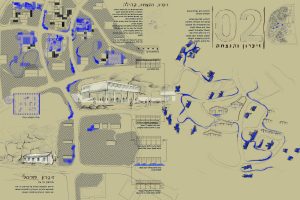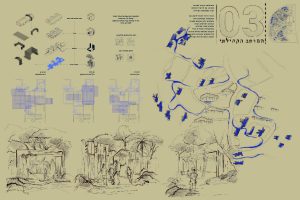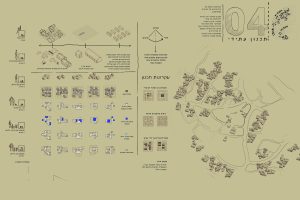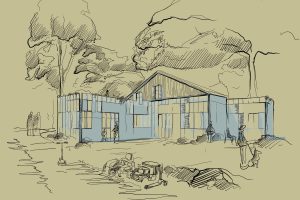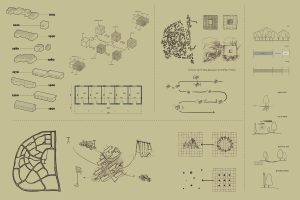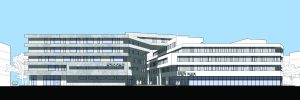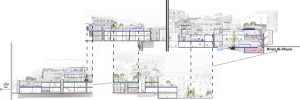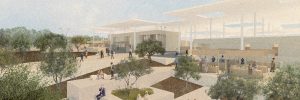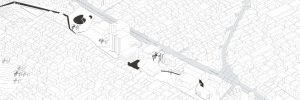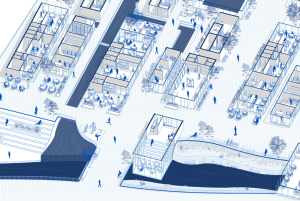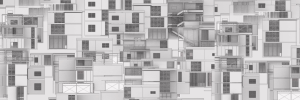Nir Oz’s Rehabilitation in the Context of Coping with Trauma
In early December, two months after the massacre of October 7, 2023, I arrived at Kibbutz Nir Oz with my military reserves team. We positioned ourselves in the old minimarket, standing by to rescue the wounded among the forces maneuvering in the Khan Yunis area. For three consecutive months, I lived in the ruins of Kibbutz Nir Oz.
The sights I saw during my first stroll through the kibbutz were bleak. Many houses were completely burned down, and there were gunshot marks on saferoom windows. Entire families had been wiped out, their lives cut short in one fell swoop. This place will never be the same again.
Each day, as I wandered, I discovered more layers of the kibbutz’s story and of its residents. I met survivors of the massacre who had come to collect their belongings, spoke with the founders of Nir Oz who insisted on returning every morning, and encountered people who had lost their entire world and didn’t know if they would ever return.
As a person, a combat soldier and an architect, I asked myself how to help a wounded and bleeding community that had experienced such profound trauma return to its home.
The project, which began to take shape during my stay, observes the trauma of Nir Oz and seeks to propose a strategy for the rehabilitation of the kibbutz.
The principles of rehabilitation I formulated are based on an integrated study of the trauma layers in the kibbutz and on an analytical study of Nir Oz itself. The destroyed houses, the construction typologies, the disintegrated community, the famous landscaping of Nir Oz – which restored itself on its own, society and the individual, privatization and the cooperative, and the sidewalks of the kibbutz that from the basis of the site’s organizing principle, and the layers of protection, among other factors.
The legacy of Kibbutz Nir Oz embodies the question of how knowledge of the place can inform thinking about its future. The landscaping, the sidewalks and the public buildings in the kibbutz are preserved as part of the continuity between the place’s past and its future.
The trauma within the kibbutz revealed the relevance of the communal values. In a place that is supposed to be the most communal, many found themselves alone in their safe rooms. Therefore, in the future kibbutz that I propose, there is no dichotomous distinction between the private and the communal; but rather a reformulation of community relations in the residential forms, the protection, and the daily life. Additionally, commemorating the quarter of the members of Nir Oz’s community who will never return, is a significant pillar in the restoration of the kibbutz, as well as in the preservation of the historical memory from its early days. Furthermore, one of the complex issue that I addressed in the project is the burned down houses where people and families were murdered. Although the trauma occurred in private spaces, its healing will take place through the community and the people. Based on this concept, I developed a system of community spaces that serve as infrastructure for collective activities to be determined by the local inhabitants. In the most traumatized places, the Nir Oz community will be rebuilt.







